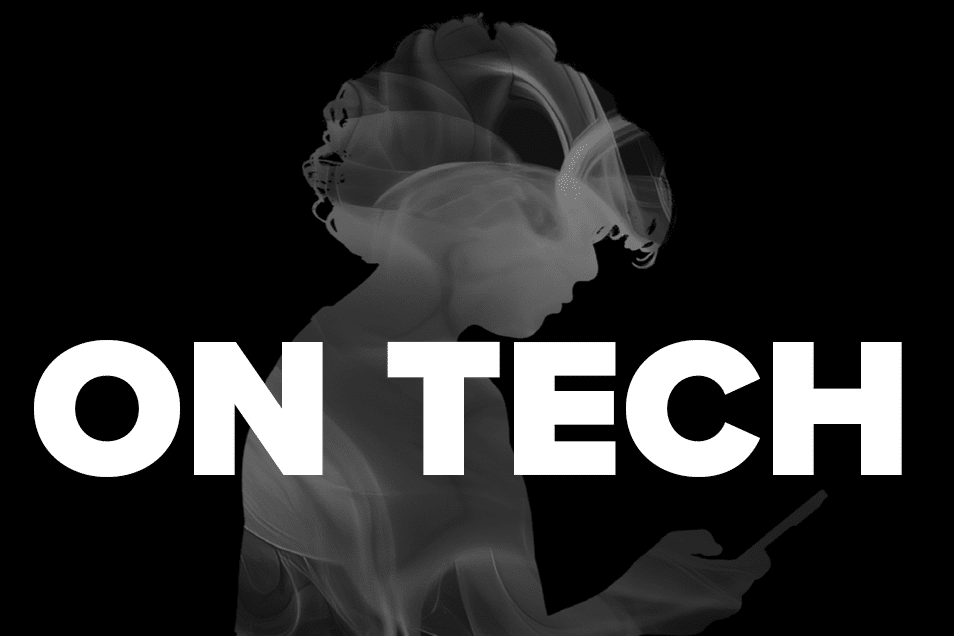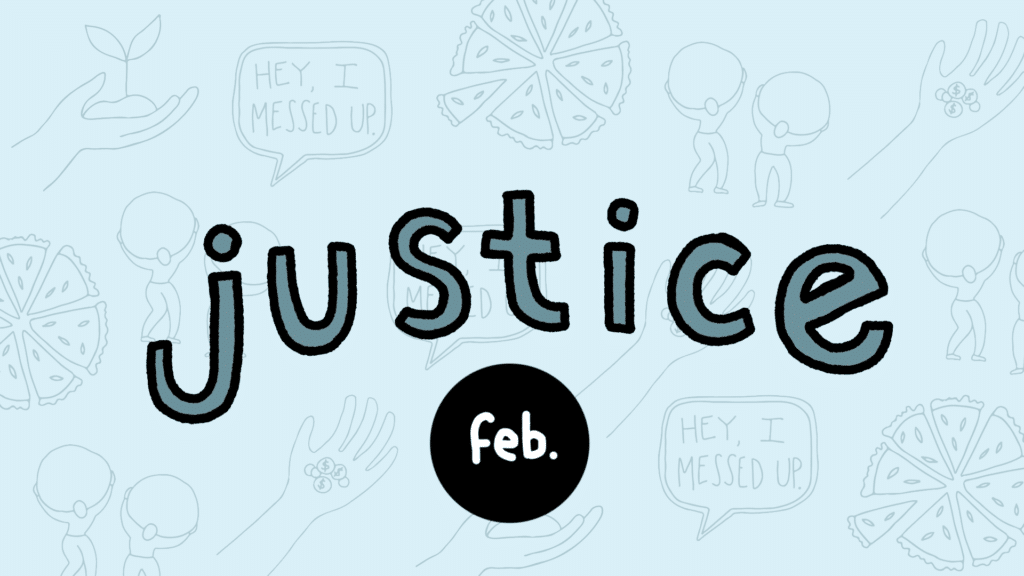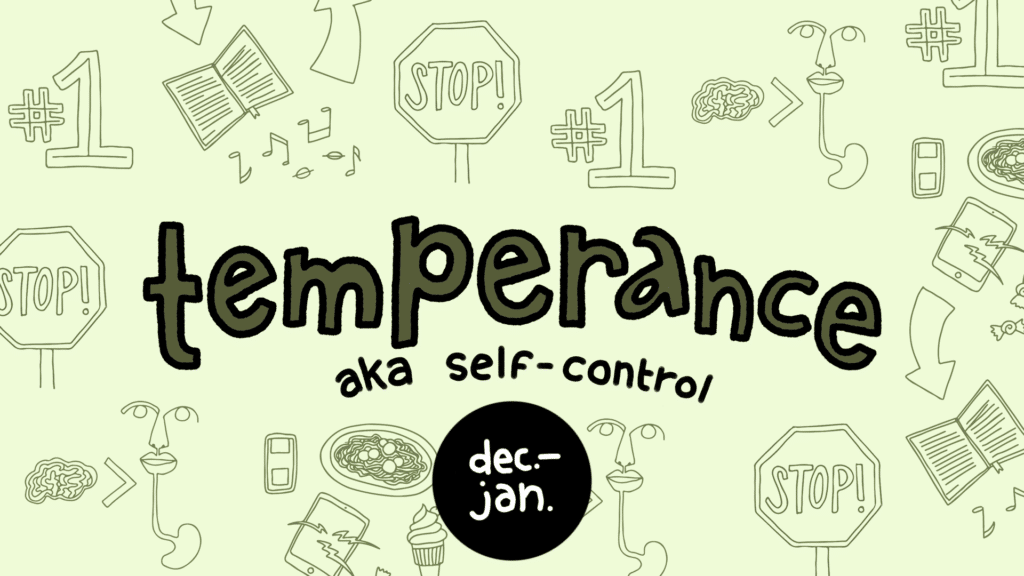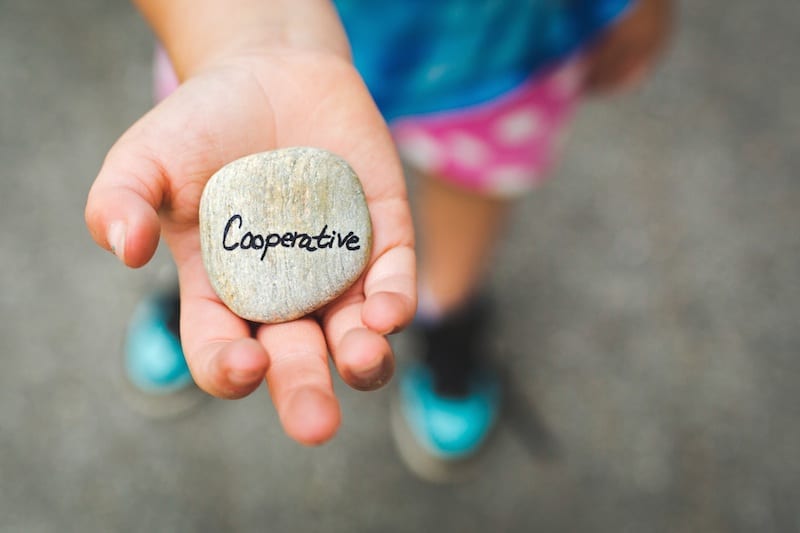
Classical Character
Mrs. Burns’ Book Review Blog
Last year Jenna Burns brought us Pedagogic Ponderings, a blog review of books on education. This year she brings us Classical Character, a book review blog examining the interplay of classical education and moral instruction. She is seeking answers to this question: How can we as parents, educators, and a school community shape moral children of uncompromising integrity? In her blog she gives us a snapshot of books on this subject with the intention of providing her readers with a manageable dose of practical inspiration. We hope her blog helps you better understand classical education, character building, and our school.
After teaching History and Language Arts at SLOCA UMS for five years, Jenna remains involved in SLOCA and is currently the WASC Accreditation Coordinator.
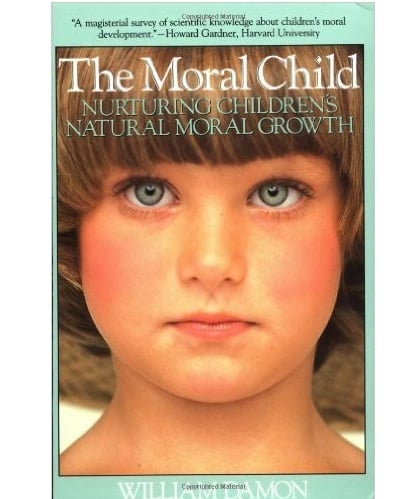 This month I’m reviewing The Moral Child: Nurturing Children’s Natural Moral Growth by William Damon. Interested in viewing moral education from a new viewpoint, I chose this book because, unlike others I’ve read, it is written from a scientific perspective. The author is a professor at Stanford University and a psychologist specializing in social development. The empirical bent of the book definitely provided me with new and interesting ideas to share. So, read this month’s blog to see how play and character are connected, be inspired to buy a dog, and learn about a young Mrs. Burns’ heroic moment.
This month I’m reviewing The Moral Child: Nurturing Children’s Natural Moral Growth by William Damon. Interested in viewing moral education from a new viewpoint, I chose this book because, unlike others I’ve read, it is written from a scientific perspective. The author is a professor at Stanford University and a psychologist specializing in social development. The empirical bent of the book definitely provided me with new and interesting ideas to share. So, read this month’s blog to see how play and character are connected, be inspired to buy a dog, and learn about a young Mrs. Burns’ heroic moment.
The Moral Child: Nurturing Children’s Natural Moral Growth by William Damon is a short book, coming in at eight chapters and about 150 pages. The book packs a punch in that space. Damon’s writing style is dense, scientific, and concise. The book has two objectives. First, to show how children naturally develop character: how childhood moral matters such as sharing and obedience look at different ages. Damon’s explanation is built upon research and studies that are quite interesting. I especially found amusing the many direct quotes from children responding to moral questions. The second objective of the book is to provide information on ways that encourage and discourage a child’s natural moral development.
What I appreciate about The Moral Child is its recognition of the many different influences on a child’s character. Instead of being focused solely on what the parent or school could do to nurture morals, Damon looks to the child, the parent, the culture, the peers, and the school. Here are the top three things I took away from his book.
1. Children develop character through social play.
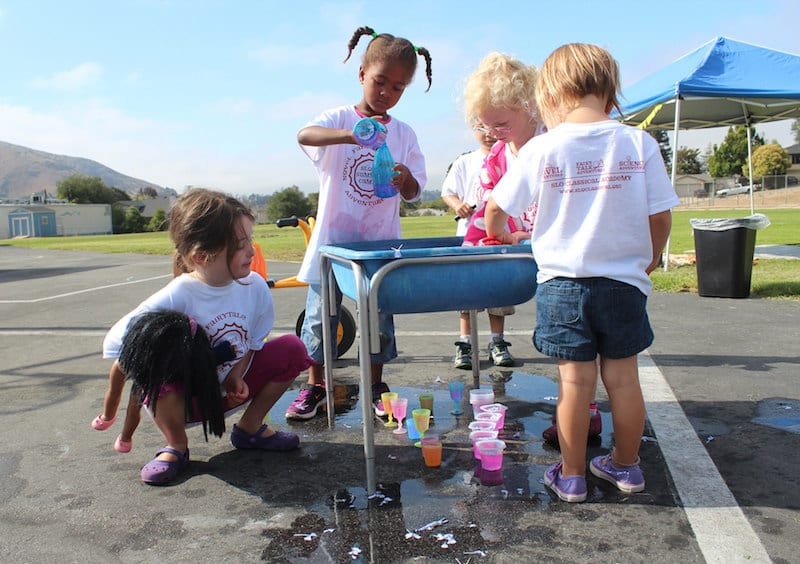 The toddler playground is a battle of the wills. Just yesterday, my daughter, Julianna, insisted her friend get in the wagon so she could pull him around the park. She had a hard time accepting his “No.” Later, a boy pushed them both over because he didn’t want to wait in line for the slide. But, as the book points out, these challenging situations are all working together for Julianna’s good.
The toddler playground is a battle of the wills. Just yesterday, my daughter, Julianna, insisted her friend get in the wagon so she could pull him around the park. She had a hard time accepting his “No.” Later, a boy pushed them both over because he didn’t want to wait in line for the slide. But, as the book points out, these challenging situations are all working together for Julianna’s good.
As children play with one another they inevitably encounter situations that demand sharing, fairness, honesty, cooperation, and kindness. In social play, they get thousands of opportunities to discover for themselves morality (or the lack thereof) in action and try out their own developing morals (74). Peer play, with its, “give and take . . . arguments, conflicts, and acts of generosity,” is especially effective because it contains, “all the immediacy, complexity, and ambiguity of real life,” (43).
The friendships that result from play are especially important because they provide motivation, even pressure, to behave well (77). Friendships also supply a way of interacting with morality that parents cannot provide. As Damon puts it, “When child and adult interact, the child’s actions and reactions ultimately are governed by the adult’s directives. In contrast, peer friendship . . . of equality [operate on] a shared respect for one another’s equal prerogatives [and] consensual agreement,” (83).
This equality of opinion and drive for agreement is perhaps best seen in sports and games which make up a large portion of a child’s social playtime. In sports and games children quickly learn the rules, the necessity of those rules, and the importance of cooperation. Sometimes rules must be argued out and, “Such ‘discussions’ can be contentious and painfully loud. But in these negotiations between equals, children acquire a deep understanding and respect for the process of social regulation through rules,” (84).
2. Children develop character through work.
 Though social play is important, “For the optimal development of moral character, a child needs to experience the responsibilities and rewards of genuine service,” (130). Though it is a cultural norm to “shield” children, “from real obligations for as long as possible, we need to do precisely the opposite: entrust them with serious functions,” (130).
Though social play is important, “For the optimal development of moral character, a child needs to experience the responsibilities and rewards of genuine service,” (130). Though it is a cultural norm to “shield” children, “from real obligations for as long as possible, we need to do precisely the opposite: entrust them with serious functions,” (130).
Damon argues: “There is no more effective facilitator of moral development than fostering children’s willingness to take responsibility,” (129). Because of the unique importance of this virtue, it is imperative to create opportunities for our children that require them to take on responsibility (129). Indeed, “Only through real service can children learn what it means to have others rely on them, to be entrusted with an important function, and to bear the credit or blame for a necessary job well or poorly done,” (130).
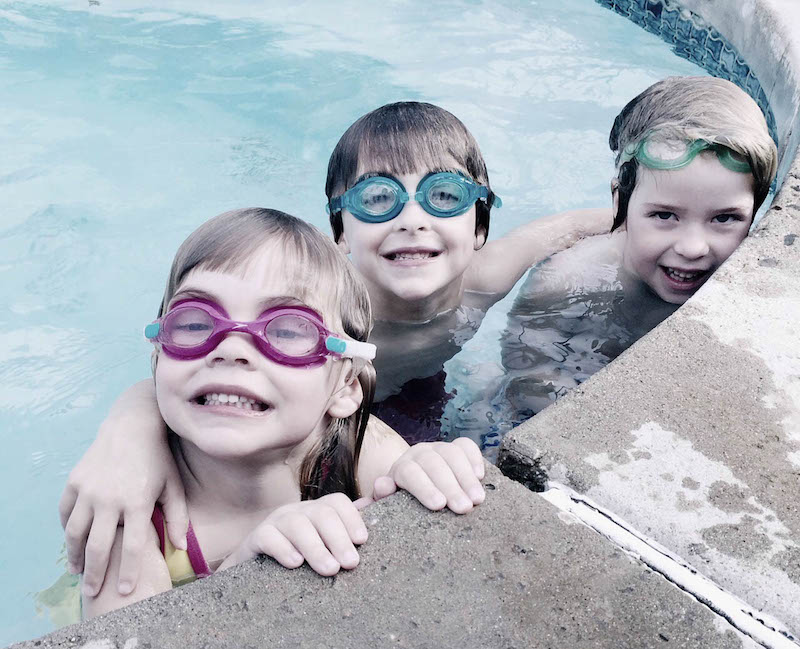 When I was sixteen I got my first job – a summer lifeguard and swim instructor. Talk about a job with big responsibilities! My first rescue was a toddler who had somehow gotten away from his dad on the trip down the waterslide. In hindsight, since dad was only moments behind, it was hardly a crisis, but oh my, how thrilled I felt to “save” that child.
When I was sixteen I got my first job – a summer lifeguard and swim instructor. Talk about a job with big responsibilities! My first rescue was a toddler who had somehow gotten away from his dad on the trip down the waterslide. In hindsight, since dad was only moments behind, it was hardly a crisis, but oh my, how thrilled I felt to “save” that child.
3. Children develop character through discussing moral emotions.
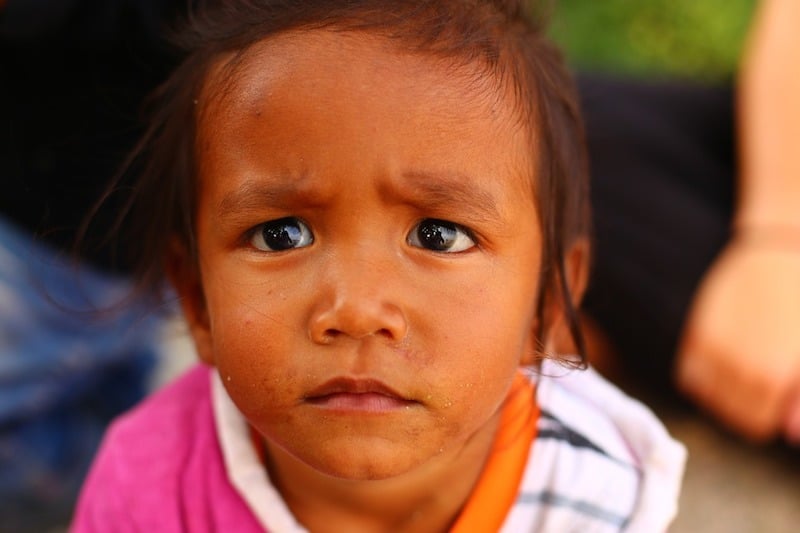 Damon focuses on three moral emotions (empathy, shame and guilt) with a quick nod to others: sympathy, admiration, self-esteem, anger, and outrage (13). When a situation sparks moral feelings, children, “question and redefine [their] moral code. This is the lifeblood of the moral development process,” (13).
Damon focuses on three moral emotions (empathy, shame and guilt) with a quick nod to others: sympathy, admiration, self-esteem, anger, and outrage (13). When a situation sparks moral feelings, children, “question and redefine [their] moral code. This is the lifeblood of the moral development process,” (13).
It is unfortunate, then, that, “the current operating mode is to shelter children from the realities of adult emotional response,” (124). Yet, I get this. I don’t want to expose Julianna to my guilt or my anger. It seems a heavy thing to unload on a child. “Such exposure, however, is exactly what children need in order to learn [how to] manage moral feelings,” (124).
In addition to sharing our moral emotions, as parents we can urge children to share their own. It is helpful to have children identify their moral reactions, express them, and gain control of them (126). After a wrongdoing, moral emotions like guilt are natural and helpful to character formation, but they are difficult for children to navigate alone.
Now that we’ve looked at three ways children build character (through social play, having responsibilities, and discussing moral emotions) I’ll look at how they relate to our school.
 SLOCA is rich soil for character growth, being a place that combines play and work all the time. Social play is built into the school day. Our safety team staff does a great job supervising the playground while allowing children to interact and play games amongst themselves. Our hybrid program, where children have three days at home, allows for unique social interactions especially within the family. Responsibility is of equal importance, however. As students homeschool, they take on a high level of responsibility for their education. Moreover, the school promotes and many of our students participate in meaningful community service.
SLOCA is rich soil for character growth, being a place that combines play and work all the time. Social play is built into the school day. Our safety team staff does a great job supervising the playground while allowing children to interact and play games amongst themselves. Our hybrid program, where children have three days at home, allows for unique social interactions especially within the family. Responsibility is of equal importance, however. As students homeschool, they take on a high level of responsibility for their education. Moreover, the school promotes and many of our students participate in meaningful community service.
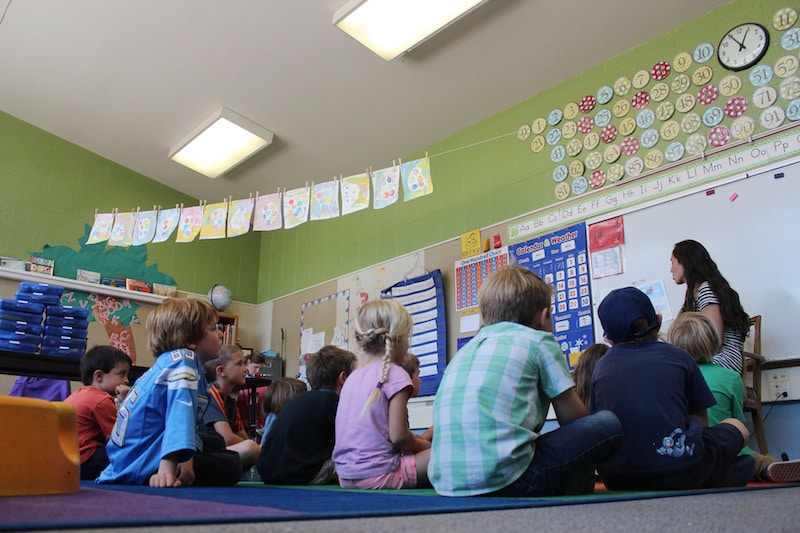 SLOCA also provides opportunities to discuss moral situations and emotions. We do so, in fact, in just the way Damon suggests: “Teachers [should] identify for their students the values implicit in great works of literature, [and] accounts of history . . . I would emphasize the importance of the Socratic method in so doing. If moral values are to stick, children’s participation in the value dialogue must be encouraged. Little can be gained through one-way exposition and lecturing,” (151). Doesn’t this sound just like SLOCA? In our classrooms you will find the reading and Socratic discussion of great books and history with, among other things, a focus on virtue.
SLOCA also provides opportunities to discuss moral situations and emotions. We do so, in fact, in just the way Damon suggests: “Teachers [should] identify for their students the values implicit in great works of literature, [and] accounts of history . . . I would emphasize the importance of the Socratic method in so doing. If moral values are to stick, children’s participation in the value dialogue must be encouraged. Little can be gained through one-way exposition and lecturing,” (151). Doesn’t this sound just like SLOCA? In our classrooms you will find the reading and Socratic discussion of great books and history with, among other things, a focus on virtue.
At SLOCA, I think we do a really good job fostering moral growth through social play, requiring responsibility, and discussing morals. But as the school year is about to end, think about how you can weave one of these ideas into your summer break. Maybe it’s just a matter of scheduling some playdates, or sending your son to summer camp. Perhaps it’s the right time to get a dog for your daughter to feed and walk. Or possibly you will build into dinner conversations room to discuss moral situations and feelings. Whatever it is, I hope this blog has given you a new idea to try.
For more information you can visit Damon’s website, http://www.williamdamon.com which includes his blog and videos of talks he has given.
My book review column will return next year with a focus on community building. Thanks for reading and enjoy your summer!




